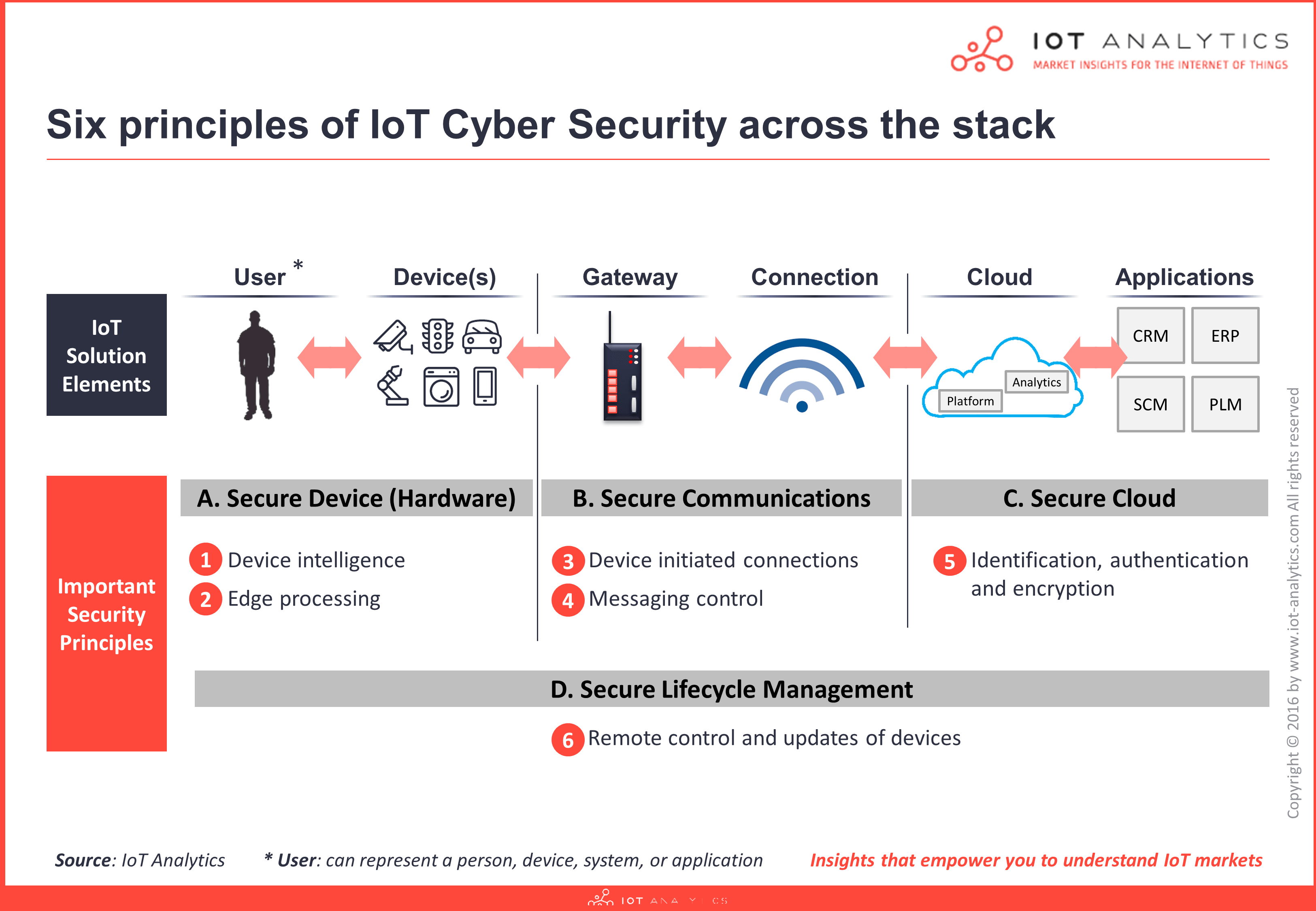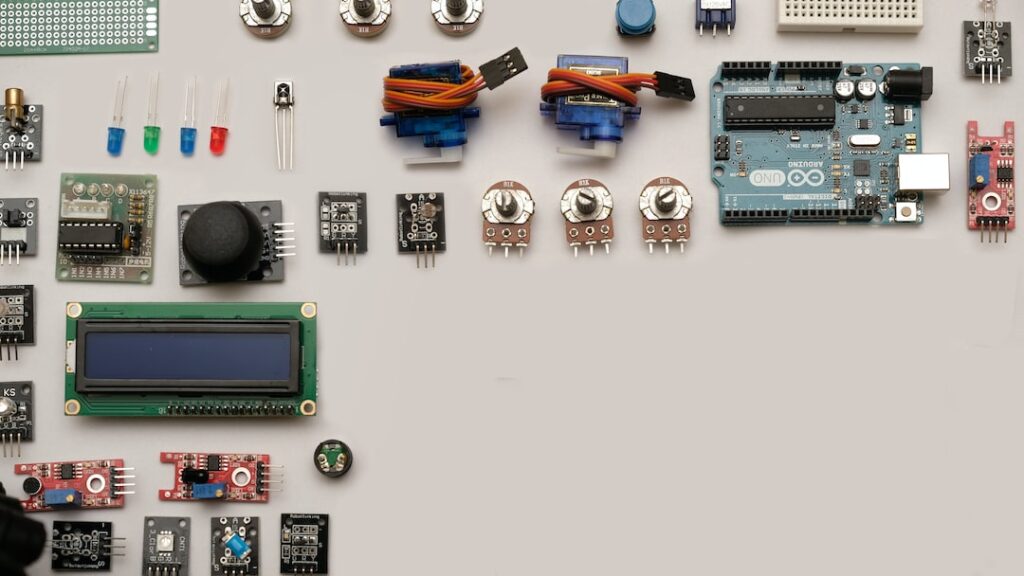What is the biggest risk with the Internet of Things? The Internet of Things (IoT) is a rapidly growing network of connected devices that has the potential to revolutionize our lives. However, it also brings with it some major risks and concerns.
There’s no denying that the biggest risk with the internet of things lies in its potential security vulnerabilities. But these risks can certainly be managed by taking appropriate measures now. We start with knowledge, by answering: what is the biggest risk with the Internet of Things?
Table of Contents
What Is the Biggest Risk with the Internet of Things: Security Risks
Security risks associated with poor IoT device management can be incredibly damaging if not properly addressed.
Unsecured Connections
Unsecured connections are one of the most common security risks and can lead to unauthorized access to personal data, loss of confidential information, and potential financial losses. To protect against this risk, IoT devices should always be connected via secure networks that use encryption protocols such as HTTPS or TLS/SSL.
Malware and Viruses
Malware and viruses pose another significant threat to IoT devices due to their ability to spread quickly across multiple systems. Malicious software is often designed specifically for targeting vulnerable IoT devices to gain access to sensitive data or disrupt operations.
To prevent this type of attack, organizations should regularly update their device firmware and install antivirus software on all connected machines.

(Source)
Data Breaches
Data breaches are a major concern when it comes to protecting an organization’s confidential information from malicious actors. Breaches can occur through unresolved IoT security issues or by exploiting vulnerabilities in the system itself.
This can result in stolen passwords, credit card numbers, medical records, or other sensitive data being exposed online. Organizations must ensure that they have adequate measures in place for detecting suspicious activity on their network and responding appropriately when a breach occurs.
Security risks are a major concern with the Internet of Things, as unsecured connections, malware and viruses, and data breaches can have serious consequences.
What Is the Biggest Risk with the Internet of Things: Privacy Concerns
Privacy issues related to the Internet of Things (IoT) are becoming increasingly important as more devices become connected.
Unauthorized access to personal data, lack of transparency in IoT devices, and inadequate user control over data collection and use can all lead to a loss of privacy for individuals as well as potential legal liabilities for companies that collect or store personal data.
Unauthorized Access to Personal Data
With the rise of IoT technology, it is now easier than ever for hackers to gain access to sensitive information such as credit card numbers, passwords, and other private details.
In some cases, this unauthorized access may be intentional. However, it can also occur due to poor security measures on the part of device manufacturers or service providers. Companies must take steps to ensure their systems are secure from malicious actors who could exploit highly vulnerable security problems to gain access.
Lack of Transparency in IoT Devices
Many consumers are unaware of what type of data their devices are collecting and how it is being used by third parties. This lack of transparency makes it difficult for users to make informed decisions about which products they should purchase or which services they should subscribe to, making them highly vulnerable.
Companies must strive towards greater transparency when it comes to disclosing what types of data they collect and how they use them so that customers can make educated choices about their purchases.
Even if users are aware of the type of data their devices are collecting, they may not have sufficient control over how this information is used by third parties or within the company. Without proper safeguards in place to ensure user consent before any action takes place about personal data, there could be serious legal and ethical implications if consent is not given by the user.
Overall, privacy concerns related to IoT technology need attention from both industry leaders and regulators alike. This is to create a safe environment where people can use these new technologies without fear that their private details will be compromised.
What Is the Biggest Risk with the Internet of Things: Interoperability Issues
Interoperability issues are a major challenge for businesses implementing the Internet of Things (IoT). If not addressed, these could pose security problems in the future.
Limited Compatibility
Limited compatibility between different IoT platforms and devices can cause significant delays in development, as well as increased costs due to system downtime or malfunctioning devices. This is because many IoT systems are not designed to work with one another, making it difficult to integrate new technologies into existing systems.
Complexity
The complexity of managing multiple connected devices simultaneously also presents a challenge. With more and more connected devices being added to an IoT network, there is an increasing need for efficient management tools that allow users to control all their connected devices from one central location. Without such tools, it can be difficult for businesses to keep track of their entire network and ensure that everything is running smoothly.
Network Security
Another issue related to interoperability is security concerns associated with connecting multiple networks. As data flows across different networks, there’s a risk that malicious actors could intercept sensitive information or gain access to vulnerable systems if proper security measures aren’t taken. To mitigate this risk, organizations must ensure they have adequate security protocols in place before connecting any device or system within their network.
Cost Implications
Finally, cost implications associated with interoperability should also be taken into account when developing an IoT solution. High upfront investments may be required to implement the necessary hardware and software components needed for successful integration between different platforms and devices. Additionally, ongoing maintenance costs will likely need to be factored into the budget for companies to keep their systems up-to-date and secure against potential threats or vulnerabilities over time.
Interoperability issues pose a major risk to the internet of things, as they can limit compatibility between different devices and platforms, create difficulties in integrating new technologies into existing systems, and make it difficult to manage multiple connected devices at once.
Cost Implications
The cost implications associated with the Internet of Things (IoT) can be significant for businesses looking to adopt this technology in their operations.
High Upfront Cost
The first and most obvious cost is the high upfront investment required to implement IoT solutions. This includes purchasing or leasing hardware, software, and other components necessary for a successful deployment.
Additionally, there are ongoing maintenance costs associated with keeping devices updated and secure over time. These costs may include hiring personnel to manage the system or paying subscription fees for cloud-based services that provide support and updates on an ongoing basis.
Losses Due to Downtime
Another potential cost related to IoT is losses due to system downtime or malfunctioning devices. If a device fails unexpectedly, it could lead to lost productivity as well as repair costs if the issue cannot be resolved remotely by IT staff or service providers.
In some cases, these issues can even result in legal action being taken against companies that fail to properly maintain their systems according to industry standards and regulations.
Data Storage Expenses
Finally, businesses should also consider any additional expenses they may incur from data storage requirements imposed by government agencies or other third parties when using certain types of connected devices in their operations.
Overall, businesses need to carefully weigh all of these factors before investing in an IoT solution since each one has its own set of associated risks and benefits that must be considered before deciding whether or not it is worth pursuing such a project. By understanding all of the potential costs involved with implementing an IoT solution up front, companies can better prepare themselves financially while still taking advantage of this powerful technology’s many advantages over traditional methods of doing business today.
Conclusion
What is the biggest risk with the internet of things? The biggest risk is that it introduces several security, privacy, interoperability, and cost implications.
Organizations need to understand these risks to ensure they are properly prepared and equipped to handle them. With proper planning and implementation, the potential benefits of the internet of things can be realized while mitigating its associated risks.





